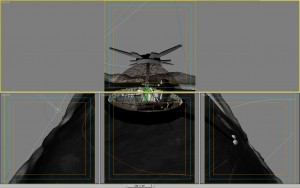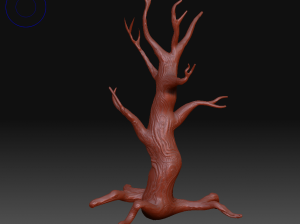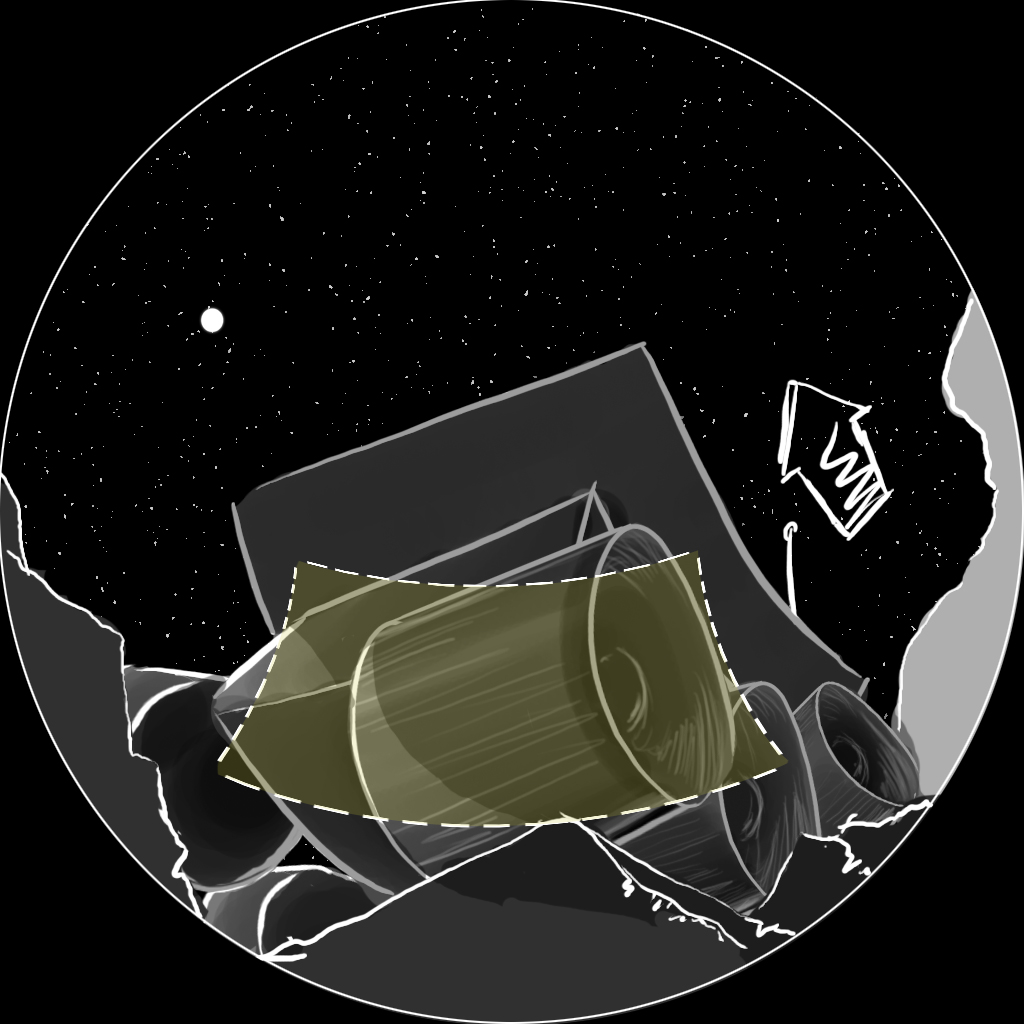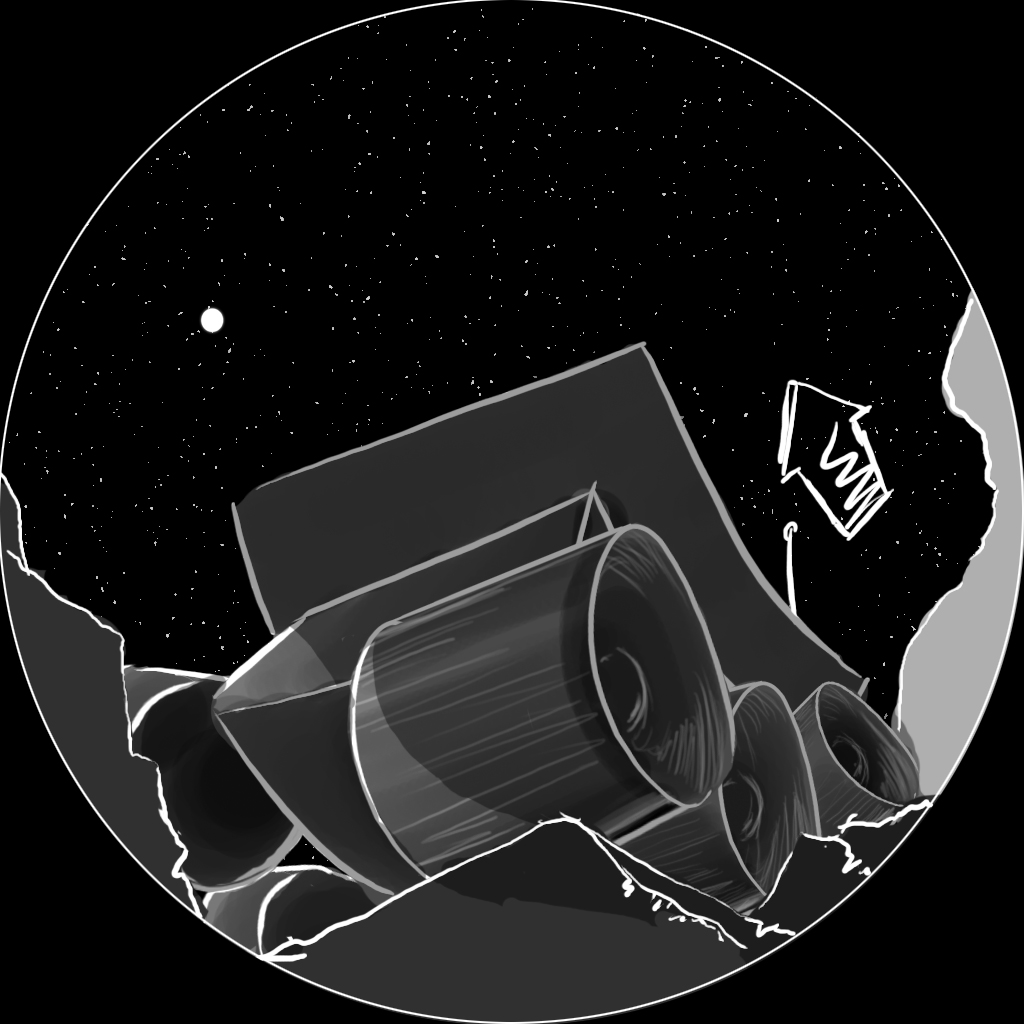Don’t call me Hurl-ey
I’ve been working on a scene in our new production Magic Tree House, and experimented with some camera movements. I’ve learned from the great Eric Knisley that you need to be very careful with motions of the camera, since sickness and disorientation can come very quickly in the dome environment. When I asked how you can prevent nausea from occurring in camera moves, Eric would explain it with one word: Stately. The classic entrance of the couple or girl coming down those large ballroom steps in those old movies was what came to mind after hearing that. Time to put it into practice! Here are two different approaches I took to this scene where we enter the treehouse for the first time. The first test was imagining the camera was attached to the head of the person. I thought that perhaps the reason why people would get sick was the combination of both rotation and positional translation of the camera.
Although I didn’t get very sick with it, the people I showed it too here did get sick while watching it. Maybe it was all those FPS games that I played for long hours that allowed me to get used to it. Also that I was the one who actually made it so I knew when motions were going to happen. Either way it wasn’t very successful for a larger audience. It may seem like its not so bad in the video while watching it on a flat screen, everyone really seemed to notice it in the dome.
So knowing that I was needing to tone it down a lot, I abandoned the idea that the camera was attached to the head of a person ascending the ladder. I made the camera move a smooth motion that was floating through space. Even though I miss the idea of making the motion more organic, everyone who was sick from the first example were much happier with this new one.
If anyone has any insight to their own experiences with camera moves in dome space, please feel free to share what you know by either leaving a comment or dropping me an email!













